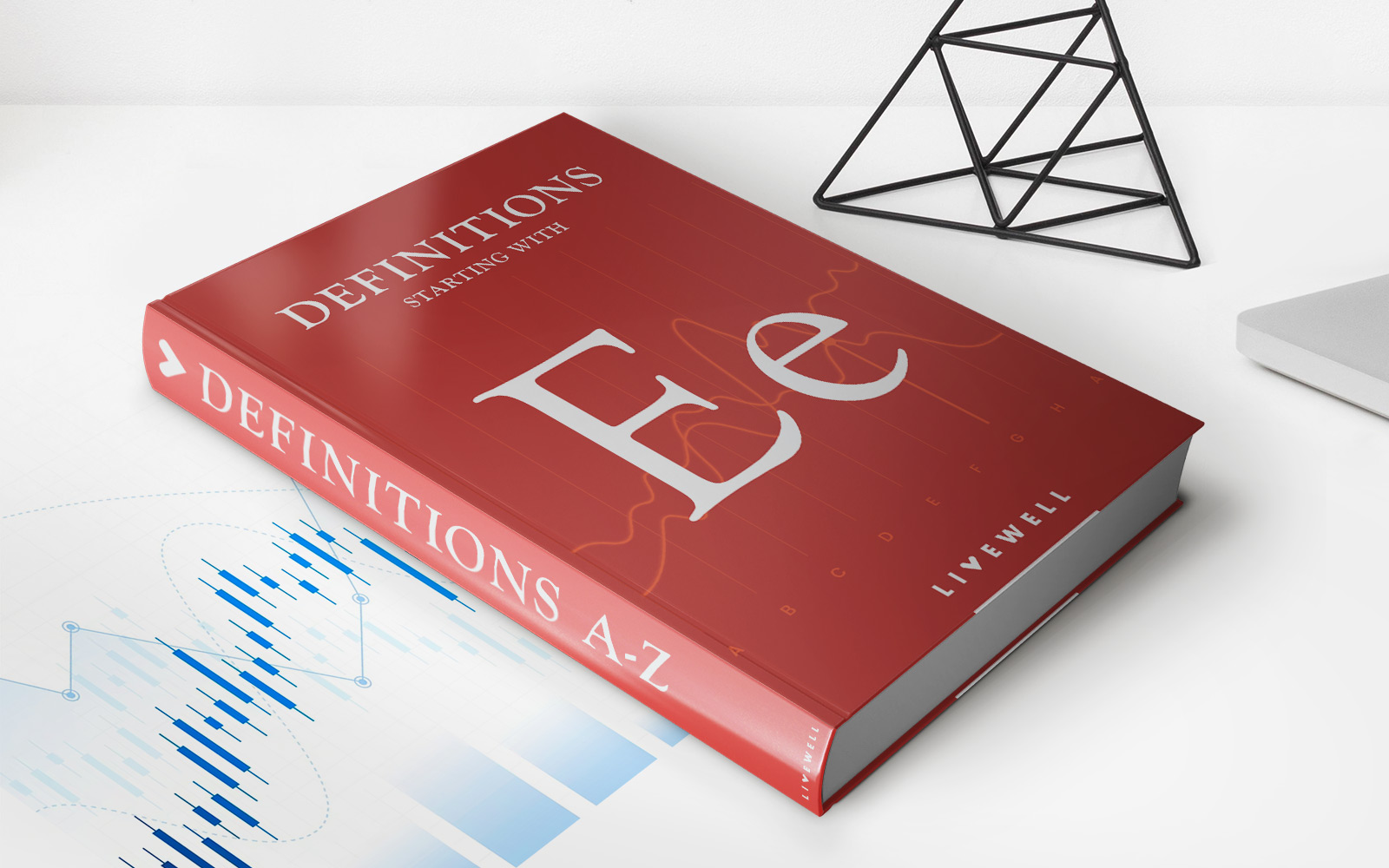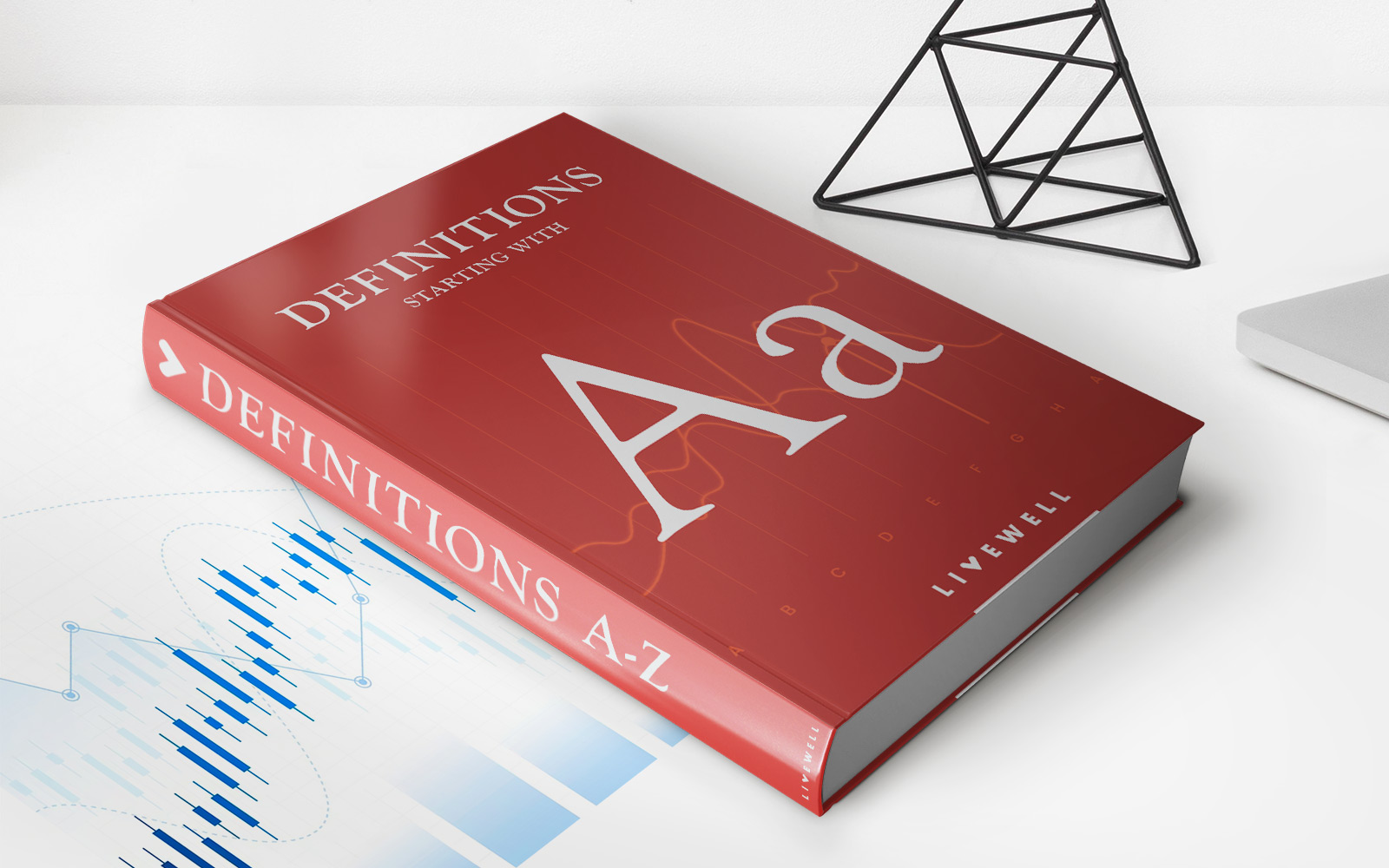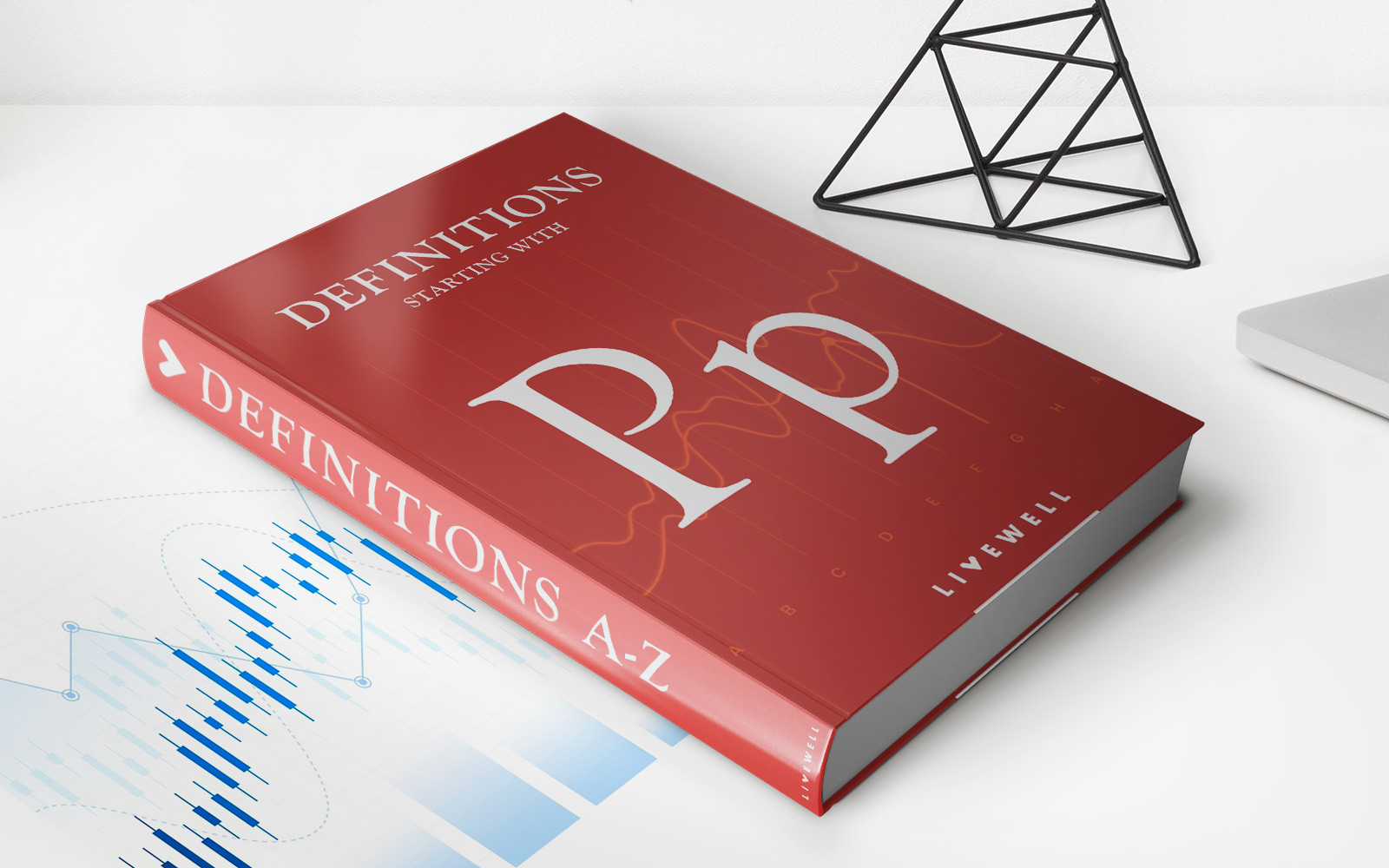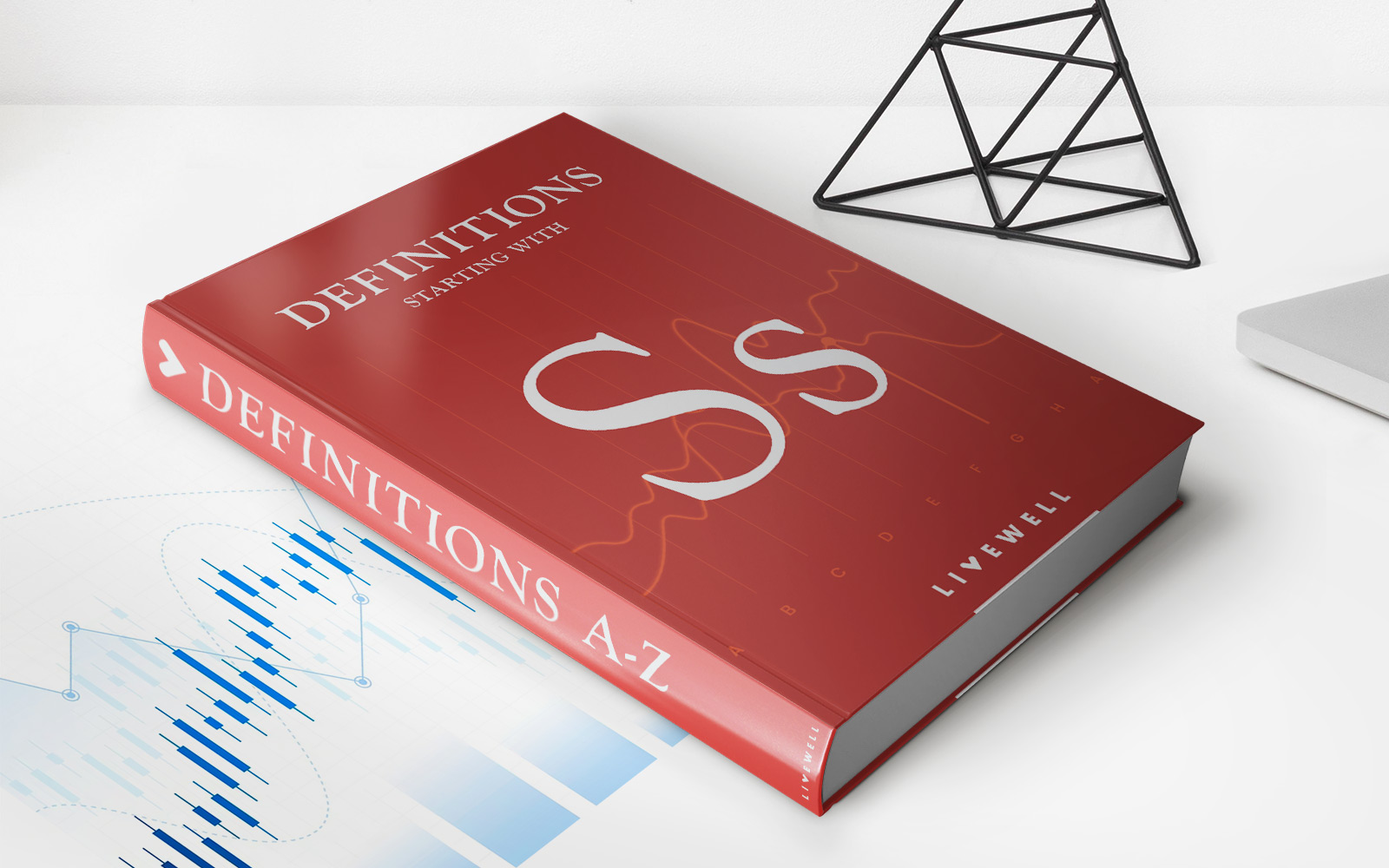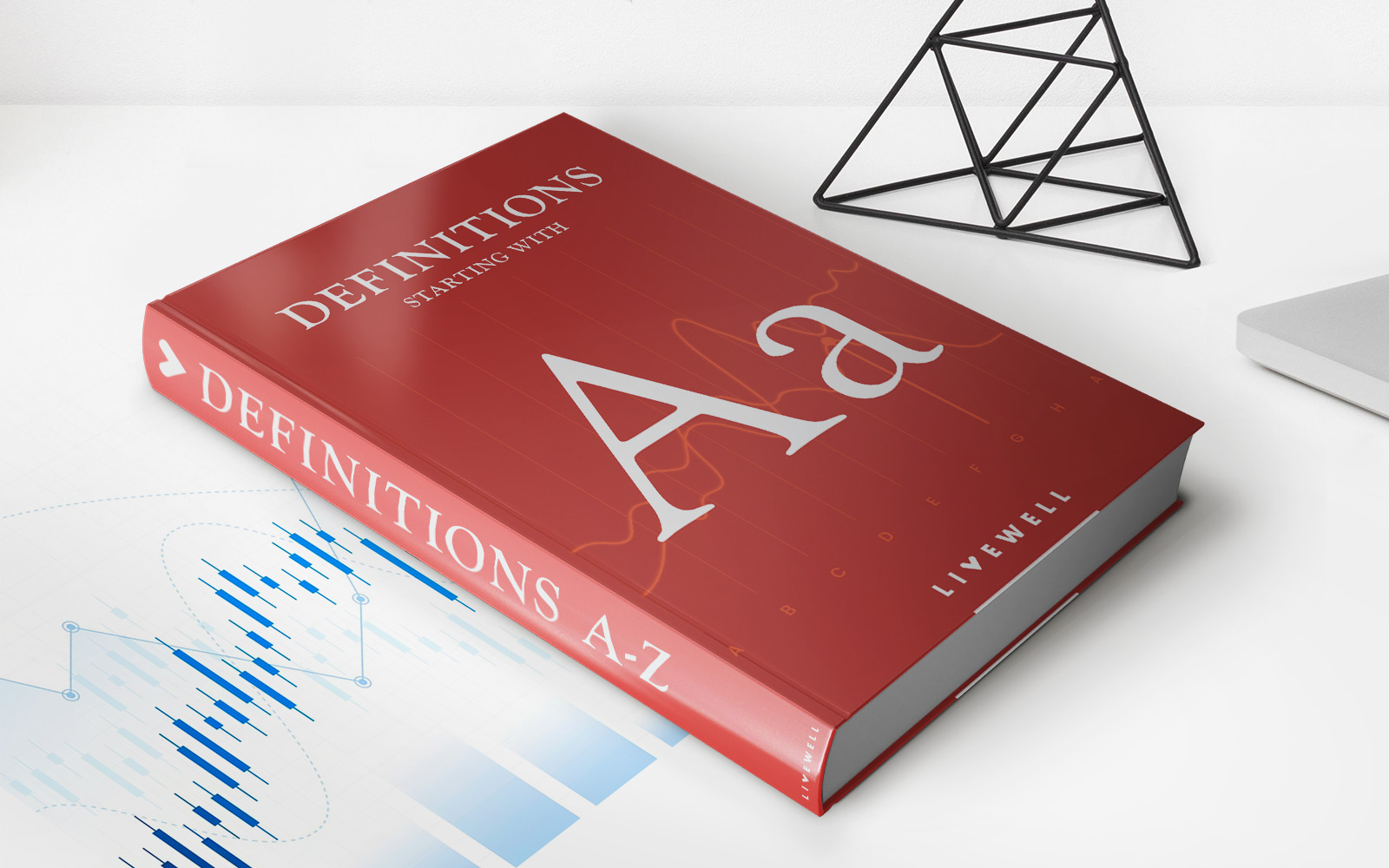Home>Finance>Short Interest Ratio: Definition, Formula, How To Use Example
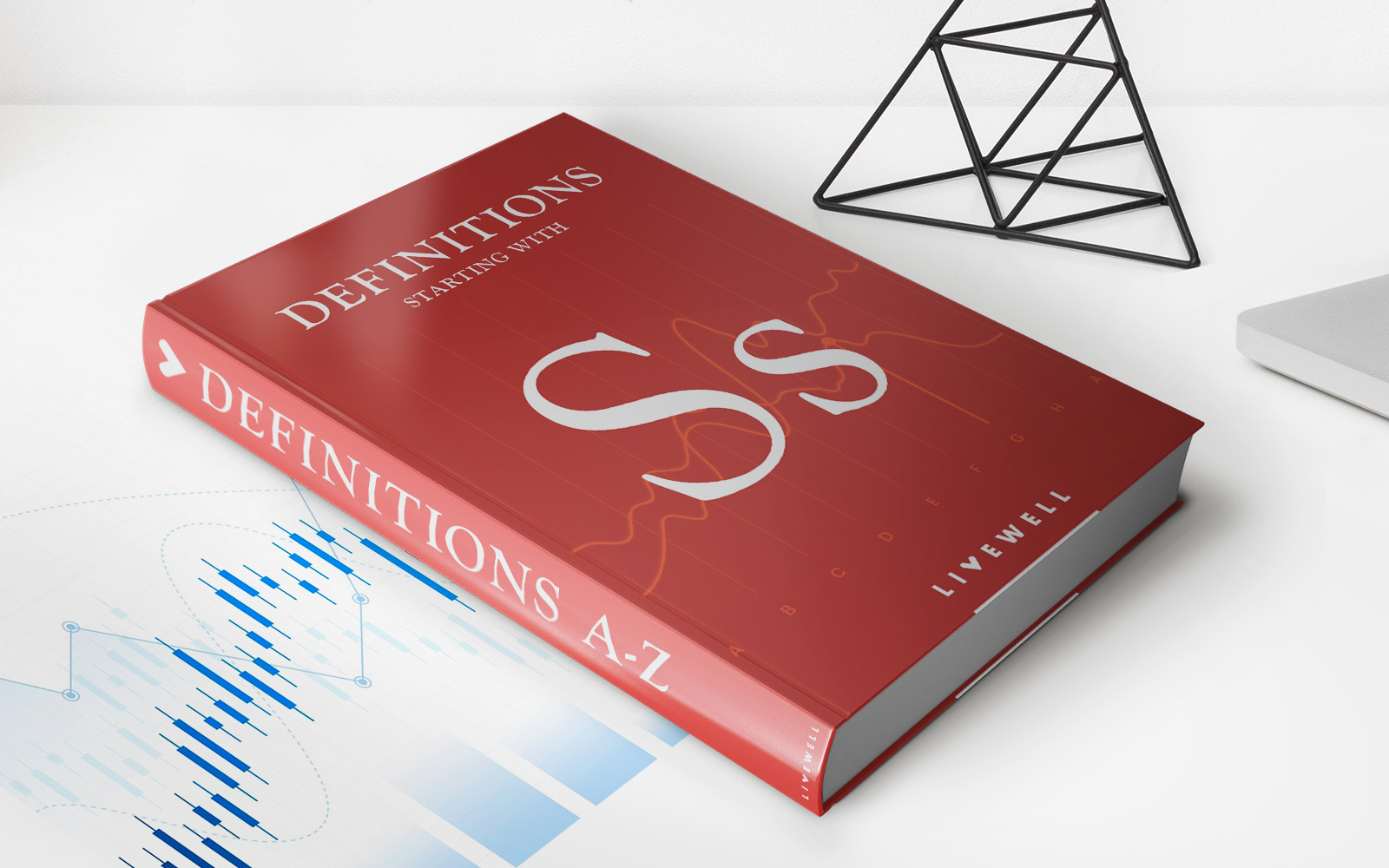

Finance
Short Interest Ratio: Definition, Formula, How To Use Example
Published: January 28, 2024
Discover the short interest ratio in finance, its definition, formula, and how to use examples. Optimize your investing strategy with this valuable metric.
(Many of the links in this article redirect to a specific reviewed product. Your purchase of these products through affiliate links helps to generate commission for LiveWell, at no extra cost. Learn more)
Short Interest Ratio: Definition, Formula, How To Use Example
Welcome to our finance blog! In this post, we will explore the concept of Short Interest Ratio, an important metric used by investors to gauge market sentiment and potential price movements. Whether you’re a seasoned investor or just starting out, understanding this ratio can help you make more informed investment decisions. So, let’s dive in and explore what the Short Interest Ratio is all about!
Key Takeaways:
- The Short Interest Ratio measures the number of shares sold short relative to the average daily trading volume.
- A high Short Interest Ratio may indicate pessimism in the market, while a low ratio may suggest bullish sentiment.
What is Short Interest Ratio?
The Short Interest Ratio, also known as the “days to cover” ratio, calculates the number of days it would take for short sellers to cover their positions, given the average daily trading volume. Short sellers borrow shares from brokers and sell them with the expectation that the stock’s price will decrease, allowing them to buy back the shares at a lower price and return them to the lender, making a profit.
This ratio is particularly useful because it provides insights into market sentiment. A high Short Interest Ratio indicates a higher level of short interest in a stock, meaning that more investors are expecting the stock’s price to decline. Conversely, a low ratio suggests a lower level of short interest, possibly indicating bullish sentiment in the market.
How to Calculate Short Interest Ratio?
The formula to calculate the Short Interest Ratio is as follows:
Short Interest Ratio = Number of Shares Sold Short / Average Daily Trading Volume
For example, let’s say a stock has 1,000,000 shares sold short and an average daily trading volume of 500,000. Applying the formula, we get:
Short Interest Ratio = 1,000,000 / 500,000 = 2
This means it would take two days for short sellers to cover their positions, based on the average daily trading volume.
How to Use Short Interest Ratio?
The Short Interest Ratio can be a valuable tool when used in conjunction with other fundamental and technical analysis methods. Here are a few ways it can be useful:
- Market Sentiment Assessment: A high Short Interest Ratio may indicate a bearish outlook, suggesting that investors are betting against the stock. Conversely, a low ratio may suggest bullish sentiment, indicating that investors have confidence in the stock’s performance.
- Potential Short Squeeze: If a stock with a high Short Interest Ratio experiences positive news or unexpected price movement, it can trigger a short squeeze. This occurs when short sellers rush to cover their positions, driving up the stock’s price even further.
- Risk Assessment: Monitoring the Short Interest Ratio can help investors assess the level of risk associated with a particular stock. A high ratio may suggest increased volatility and potential price swings.
Remember, it’s important to use the Short Interest Ratio as part of a comprehensive analysis and not rely solely on this metric when making investment decisions. Consider combining it with other fundamental analysis, technical indicators, and market trends to get a complete picture.
In conclusion, the Short Interest Ratio is a useful tool for investors to assess market sentiment and potential price movements. By understanding this ratio and incorporating it into your investment strategy, you can make more informed decisions and stay ahead in the market.
